Titus and Dronicus
What Three Playwrights Learned Making a Web Series
Madhuri first invited me to work on the web series while we waited in line at Comic-Con in July of 2014. When Madhuri is especially eager to tell you something she’ll grow so violently animated that her speech will start and stop and it will take a while to get whatever-it-is out. At these times I often feel anticipation mixed with terror, as when ascending that first, ominously jangling hill of a roller coaster.
Madhuri Shekar, Megan Kelly, and I are all playwrights. Madhuri’s play In Love and Warcraft, written when she and Megan were both in USC’s MFA program, is enjoying rolling regional premieres and was published by Samuel French. Megan has gotten further than either of us in infiltrating the entertainment industry, and works as an assistant on TV shows like 11/22/63 and Wayward Pines. I do the occasional production with DC’s Flying V Theatre and LA’s Sacred Fools.
As a playwright, I’m hyper-aware of audiences during performances. I see as many performances of my shows as I can, just to be there when the alchemy happens of adding that final ingredient to a production and the script is fully alive.
Madhuri’s pitch: what if our theatre company, Better Than Shakespeare, did a web series about two mismatched detectives, Titus and Dronicus, solving the murders that happen in famous Shakespeare plays?
Apart from a few afternoons of script supervising, none of us had worked on a web series before. Now we were going to create and produce one. Here’s how we did it and what we learned.
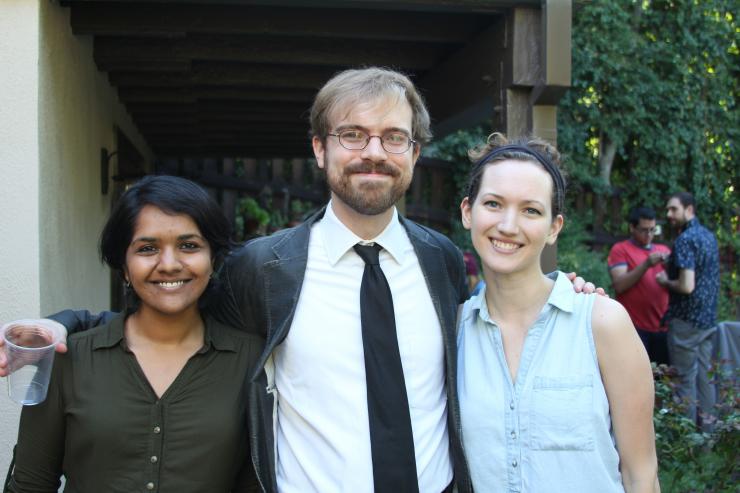
For the rest of that year, our three-person writers’ room plotted out murder mysteries that plunged our titular detectives into noir-infused LA retellings of three Shakespeare plays. Each of us picked a play and wrote a three-episode first draft based on story beats we all devised. I got to do Hamlet.
We went over one another’s drafts, line by line, as a group, throwing in better jokes, tougher hard-boiled dialogue, more esoteric Shakespeare callbacks. If something in the shooting scripts works especially well, odds are we can’t remember which of us wrote it.
We realized we would need some help to shoot everything and have it look good. I arranged a meeting with Liz Rizzo, who directed the best episode of my friend Greg Machlin’s web series WRNG in Studio City, “Pine Barrels,” along with the short film Zero Sight: Bad Call for Stage 5 TV. Luckily she liked our scripts and knew enough about web content to make our jobs easier right away. You don’t have to finance and shoot all nine episodes this year, she told us. Why not just do Hamlet, learn from that process, and then do an even better job on the follow-up stories if you choose to make more?
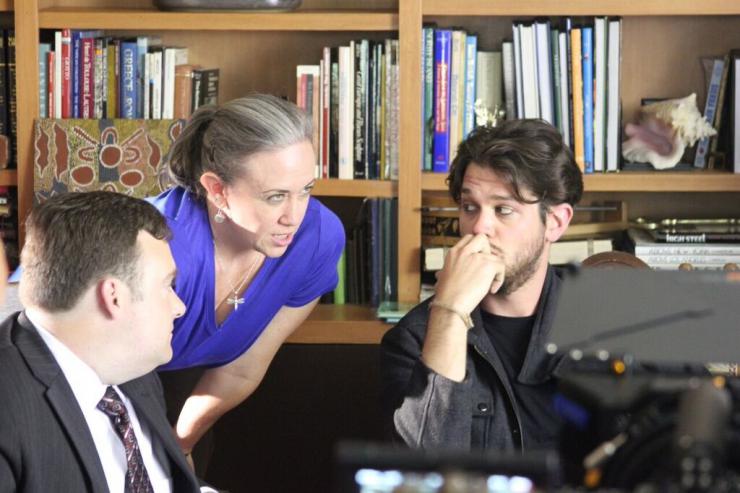
The Kickstarter for our 2014 Fringe show, Much Ado About Something, had raised $2,669. We’d need about three times as much to shoot our three-episode, fifteen-minute Hamlet riff. We shot the new Kickstarter promo in January of 2015, then raised over $9,000, with considerable help from our friend-turned-Executive-Producer Deepauk Murugesan. We rewrote the script ad nauseam, recruited theatre actors we knew and loved, and surrounded ourselves with production talent who’d already forgotten more about filmmaking than any of us theatre kids were likely to know: Producers Zach Evans and Noopur Sinha, Director of Photography Benjamin Dell, Production Designer Kate Preusser, Editor and Composer Greg Nicolett, and many others.
By the time we started our three-day shoot in June of 2015, there was little left for the writer-producers to do except for odd jobs like sign-in sheets and arranging rides.
Remember the maddening stop-and-start of tech week on a theatre production? All of principal photography is like that. When the actors run a portion of a scene, it’s about setting the equipment up for a good shot first, and filling that shot with a good performance second. It’s not that the second thing doesn’t matter, it simply that it doesn’t matter without the first thing.
On the second day of shooting we realized why Liz did wide shots of the scenes before doing close-ups: this way, the actors had already done multiple takes and gotten comfortable with their lines and discovered new things about the characters by the time the cameras were focused on them. Spontaneous creative discovery through grinding repetition.
Liz told us, accurately, that filmmakers tell a story three times: once while writing it, once while shooting it, and once more while editing it. At the beginning of each stage, you assemble your story with the pieces that are there, not the pieces you wish you had. We had this experience when we shot our Kickstarter promo video last year, and we’re having it again in post-production as I write this.
The delayed gratification may be the strangest and most harrowing aspect of writing for web content, as opposed to writing for the stage. If a moment clicks onstage, you know it then and there. If it clicks on camera, you have to hope it’ll still click weeks or months later, after a trip through the editing bay. Many of the moments that do click won’t exist until you find them in post-production

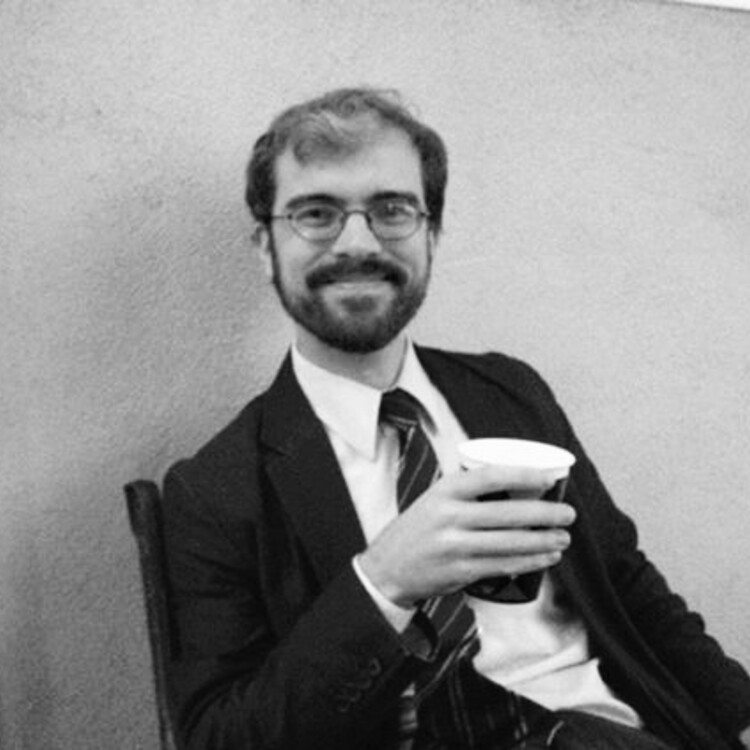
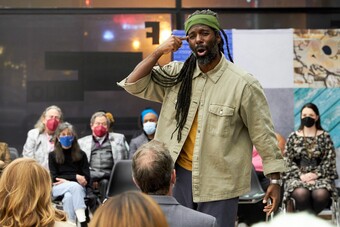




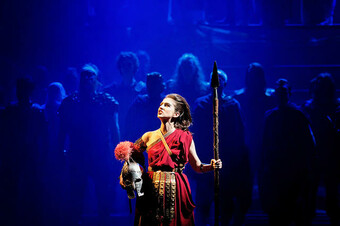


Comments
The article is just the start of the conversation—we want to know what you think about this subject, too! HowlRound is a space for knowledge-sharing, and we welcome spirited, thoughtful, and on-topic dialogue. Find our full comments policy here
Film and webseries haven't had the greatest luck getting started on Kickstarter. I know of more than a few projects that failed due to severe underfunding. It may be worth checking out Indiegogo, which gives you the money regardless of whether or not the goal is reached. The problem with film on Kickstarter is that you often have to sell backers on the "idea" of your film, since you need money to shoot anything concrete. Usually the ones that fail right away just give brief paragraphs followed by a plea for money. The more successful ones I've seen (such as the Blue Mountain State movie) offered script samples, concept art, and endorsements from the cast and directors. They all built together to establish an ethos that made the project over 2 million dollars.